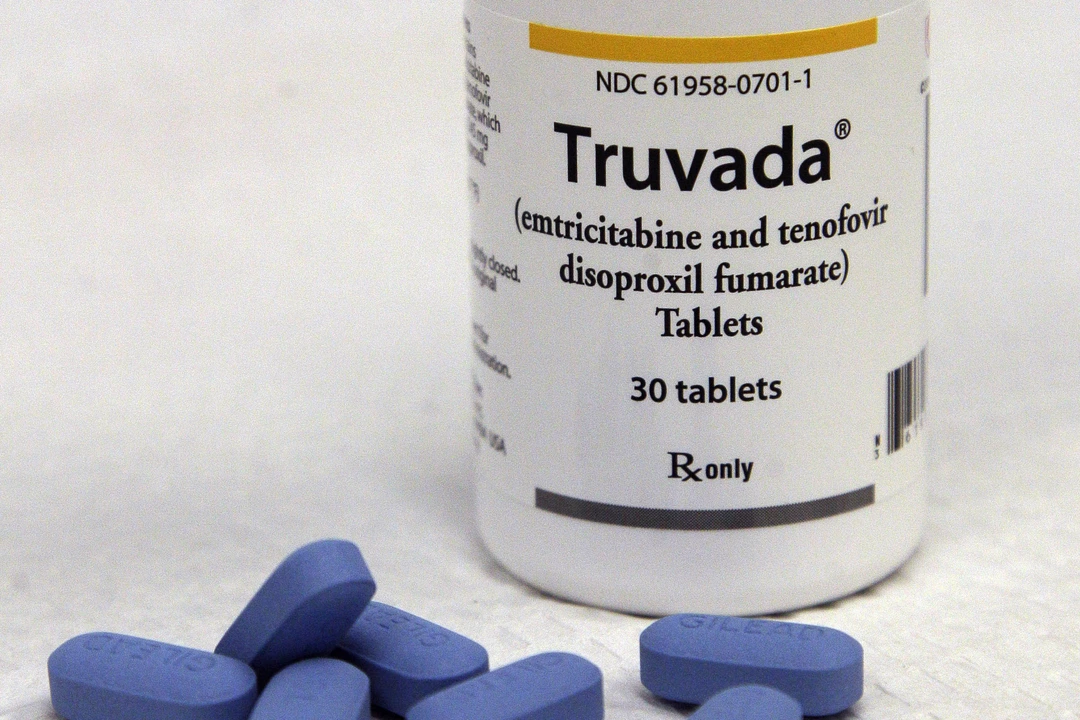Antiretroviral therapy: what it does and why it matters
A well‑taken antiretroviral regimen can push HIV down to undetectable levels — and when viral load is undetectable, the virus is not passed to sexual partners. That’s the real power of antiretroviral therapy (ARV or ART). This page gives clear, practical info on how ARVs work, the common drug types, side effects to watch for, and simple tips to stay on treatment.
How ARVs work — the basics
ARVs attack HIV at different stages of its life cycle so the virus can’t multiply. Doctors usually prescribe a combination of drugs (called combination ART) because multiple drugs lower the risk of resistance. Common classes you’ll hear about:
- NRTIs (nucleoside reverse transcriptase inhibitors): examples include tenofovir and emtricitabine. - NNRTIs (non‑nucleoside reverse transcriptase inhibitors): older examples are efavirenz; newer ones include doravirine. - PIs (protease inhibitors): darunavir is a common one. - INSTIs (integrase strand transfer inhibitors): strong, fast-acting drugs like dolutegravir and bictegravir.
Each class works differently, but the goal is the same: stop the virus from copying itself so your immune system can recover and stay healthy.
Practical tips: staying adherent, spotting side effects, and avoiding trouble
Missing doses is the main reason treatment fails. Resistance can develop if the virus keeps seeing the drug at low levels. Here are simple, useful habits that help:
- Take meds at the same time every day. Use alarms or pill boxes. - If side effects hit early (nausea, vivid dreams, stomach upset), talk to your provider — many side effects ease in a few weeks or can be managed by switching drugs. - Keep follow‑up blood tests. Viral load and CD4 tests show whether the regimen works. Routine labs also check liver and kidney health depending on the drugs used.
Watch for drug interactions. Some common examples: rifampin (for TB) and certain seizure medicines can lower ARV levels; St. John’s wort can cause treatment failure. Some cholesterol drugs interact with protease inhibitors. Always tell every clinician and pharmacist you see what ARVs you take.
Thinking about buying ARVs online? Only use licensed, reputable pharmacies and never skip the need for a prescription and medical follow‑up. Cheaper options exist through generics or assistance programs, but safety and proper monitoring must come first.
If you have questions about side effects, drug interactions, or how to manage missed doses, ask your clinic or pharmacist. Good support and a steady routine make ART work — and that protects your health and the people around you.
